Intro
Learn the 5 key heart attack signs, including chest pain, shortness of breath, and dizziness, to recognize cardiac arrest symptoms and prevent cardiovascular disease.
Recognizing the signs of a heart attack is crucial for prompt medical attention and saving lives. Heart attacks, also known as myocardial infarctions, occur when the blood flow to the heart is severely blocked, causing damage to the heart muscle. The importance of understanding these signs cannot be overstated, as timely intervention can significantly improve outcomes and reduce the risk of complications or death. It's essential for everyone to be aware of the warning signs, not just those at high risk, as heart attacks can affect anyone, regardless of age or health status. By being informed, individuals can take proactive steps towards their heart health and be better equipped to help others in emergency situations.
The impact of heart attacks on individuals and families can be devastating, making prevention and early detection critical. Lifestyle changes, such as adopting a healthy diet, exercising regularly, managing stress, and avoiding smoking, can significantly reduce the risk of heart disease. However, even with preventive measures, it's vital to know the signs of a heart attack to ensure swift action in case of an emergency. This knowledge can empower individuals to seek medical help promptly, potentially saving their life or the life of someone they know. The signs of a heart attack can vary from person to person, and they may not always be dramatic. Some people may experience severe chest pain, while others may feel mild discomfort or no pain at all.
Understanding the signs and symptoms of a heart attack is the first step towards taking control of heart health. The American Heart Association and other health organizations emphasize the importance of recognizing these signs to facilitate quick medical response. By learning about the common signs of a heart attack, individuals can better navigate emergency situations and support loved ones who may be at risk. Moreover, spreading awareness about heart attack signs can contribute to a community that values heart health and supports each other in maintaining wellness. The journey to a healthier heart begins with education, and recognizing the signs of a heart attack is a fundamental aspect of this journey.
Common Signs of a Heart Attack
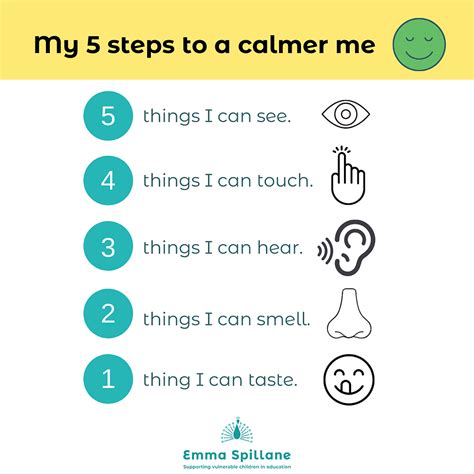
The most common sign of a heart attack is chest pain or discomfort, which is often described as a feeling of pressure, tightness, pain, or a squeezing sensation in the chest. This discomfort can feel like a heavy weight is pressing down on the chest, and it may radiate to other parts of the body, such as the arms, back, neck, jaw, or stomach. The severity of the pain can vary, and it may come and go. Other common signs include shortness of breath or difficulty breathing, which can occur with or without chest pain. Feeling weak, lightheaded, or faint is also a symptom, as well as cold sweats, nausea, or vomiting. Some people may experience pain or discomfort in one or both arms, the back, neck, jaw, or stomach, which can be a sign that the heart is not receiving enough blood.
Less Common Signs
These signs can include a cough or wheezing, which may produce pink, frothy mucus, and rapid or irregular heartbeats. Feeling extremely tired, even if you have not engaged in any strenuous activity, is also a symptom, as well as experiencing pain in the upper abdomen. It's essential to remember that not all heart attacks present with the typical symptoms; some may be silent, with little to no discomfort. This is particularly common in people with diabetes.Recognizing Heart Attack Signs in Women
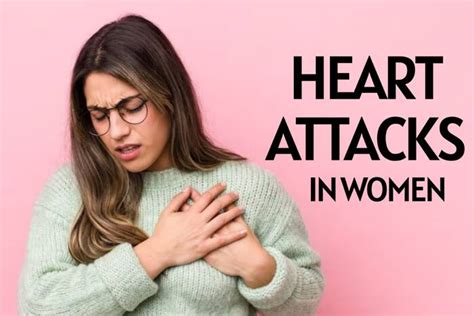
Women often experience different symptoms than men, which can sometimes lead to delays in diagnosis and treatment. Common signs in women include shortness of breath, nausea or vomiting, and pain in the arms, back, neck, jaw, or stomach. Women may also feel extremely tired, even if they have not engaged in any strenuous activity, or experience a cough or wheezing. Pain in the upper abdomen can also be a sign of a heart attack in women. Recognizing these signs is crucial for timely medical intervention, as women are more likely than men to die from heart disease.
Heart Attack Signs in Men
Men typically experience more classic symptoms, such as chest pain or discomfort, which is often described as a feeling of pressure, tightness, pain, or a squeezing sensation in the chest. Men may also feel weak, lightheaded, or faint, and experience cold sweats, nausea, or vomiting. Pain or discomfort in one or both arms, the back, neck, jaw, or stomach can also be a sign of a heart attack in men. It's essential for men to be aware of these signs and seek medical help immediately if they or someone they know is experiencing them.What to Do in Case of a Heart Attack

If you or someone you know is experiencing signs of a heart attack, it's crucial to act quickly. The first step is to call emergency services or your local emergency number. If the person is unconscious, not breathing, or not responsive, begin CPR if you are trained to do so. If the person is conscious, help them sit or lie down in a comfortable position and try to keep them calm. Loosen any tight clothing around the neck, chest, and arms. If the person has nitroglycerin prescribed by a doctor, help them take it as directed. Do not leave the person alone until medical help arrives.
Prevention and Lifestyle Changes
Preventing heart attacks involves adopting a healthy lifestyle, which includes eating a balanced diet, exercising regularly, managing stress, getting enough sleep, and avoiding smoking. Maintaining a healthy weight, controlling blood pressure and cholesterol levels, and managing diabetes can also reduce the risk of heart disease. Regular health check-ups can help identify risk factors early, allowing for timely interventions. By making informed choices about diet, exercise, and stress management, individuals can significantly reduce their risk of heart disease and improve their overall well-being.Statistical Overview of Heart Attacks
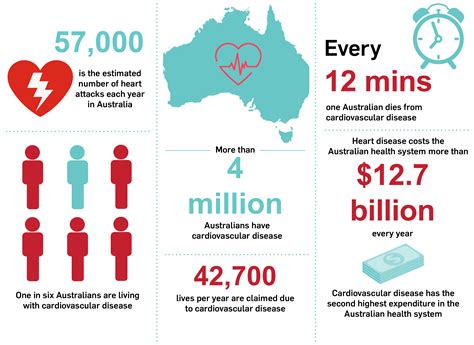
Heart attacks are a leading cause of death worldwide, affecting millions of people each year. According to the World Health Organization, cardiovascular diseases, including heart attacks, are the number one cause of death globally. In the United States, the Centers for Disease Control and Prevention report that someone has a heart attack every 40 seconds, resulting in significant morbidity and mortality. Understanding the statistical impact of heart attacks underscores the importance of prevention, early recognition of signs, and prompt medical intervention.
Economic Impact of Heart Attacks
The economic burden of heart attacks is substantial, affecting not only individuals and their families but also the healthcare system and the economy as a whole. The cost of medical care, lost productivity, and other related expenses contributes to the significant economic impact of heart disease. By investing in heart health through preventive measures and education, individuals and societies can work towards reducing this burden and promoting overall well-being.Technological Advancements in Heart Attack Treatment
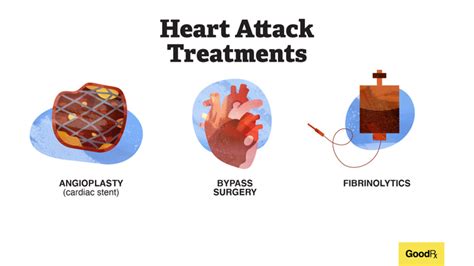
Advancements in medical technology have significantly improved the treatment and outcomes of heart attacks. From minimally invasive procedures to innovative medications, healthcare providers have a range of tools to address heart attacks effectively. The development of telemedicine has also expanded access to care, allowing for quicker consultations and interventions. Ongoing research and development are crucial for continuing to improve heart attack treatment and prevention strategies.
Future Directions in Heart Health
The future of heart health looks promising, with ongoing research into new treatments, preventive measures, and technologies. Personalized medicine, which tailors treatment to the individual's genetic profile and health status, is an area of significant interest. Additionally, advancements in wearable devices and mobile health applications are making it easier for people to monitor their heart health and make informed decisions about their lifestyle. As our understanding of heart disease evolves, so too will our approaches to prevention and treatment, ultimately leading to better outcomes for individuals and communities.Conclusion and Call to Action
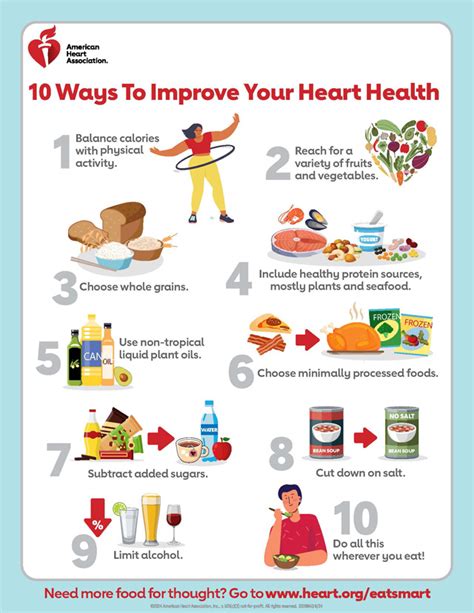
In conclusion, recognizing the signs of a heart attack and understanding the importance of prompt medical intervention are critical for saving lives. By educating ourselves and others about heart health, we can work towards a future where heart attacks are less common and less deadly. It's time to take action, whether through adopting a healthier lifestyle, supporting research and awareness efforts, or advocating for policies that promote heart health. Together, we can make a difference and create a world where heart disease is no longer a leading cause of death.
We invite you to share your thoughts, experiences, and questions about heart attacks and heart health in the comments below. Your engagement can help raise awareness and support others who may be affected by heart disease. Let's work together towards a healthier tomorrow.
What are the most common signs of a heart attack?
+The most common signs include chest pain or discomfort, shortness of breath, feeling weak, lightheaded, or faint, and cold sweats, nausea, or vomiting.
How can I reduce my risk of having a heart attack?
+Adopting a healthy lifestyle, including a balanced diet, regular exercise, stress management, and avoiding smoking, can significantly reduce the risk of heart disease.
What should I do if someone I know is having a heart attack?
+Call emergency services immediately, and if the person is unconscious, not breathing, or not responsive, begin CPR if you are trained to do so.
